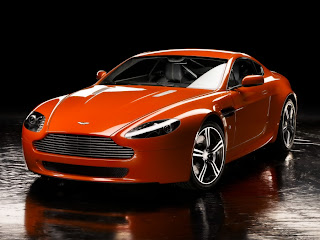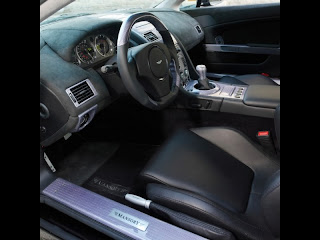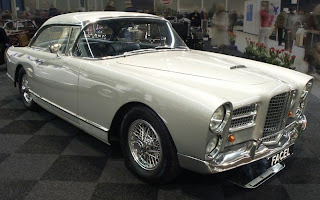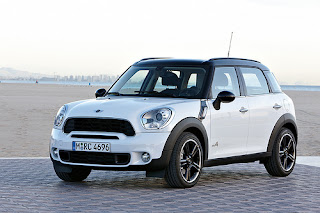The Charger R/T had lower ratio differential; six-inch rims; front anti-roll bar; a tachometer and an oil pressure gauge. Stock, it could run a 15.7 second quarter mile. Optional was the "six-pack" package, using three two-barrel Webers to put the 265 up to 248 hp. The final option was the E38 engine, with a higher compression ratio, different gear ratios, and 280 hp - about 80 hp more than the standard 265! This brought the quarter mile down to 14.8 seconds, with a single gear change. Zero to 60mph was 6.3 seconds. Handling was "exceptional," possibly due to the light engine.

The 1972 E49 Charger was a significant move forward, and not just because it was the first to get a four-speed manual gearbox. The E49 pushed the 265 engine to a full 302 hp, and had the quickest acceleration of any Australian production car - 14.4 seconds, respectable even when compared to American big-blocks.


The 340 V-8 was Chrysler's last high-performance V-8 intended for cars. In the American Dusters, it was a match for many big-blocks, but was often underestimated in the US. The VH Charger was given the 340 as an option but it was used mainly as a status feature. It was only available in the Charger 770 E55, a full-luxury version of the Charger. With an automatic, its performance was better than the manual XA GT Falcon. Zero to 60mph was 7.2 seconds, and the quarter mile was an impressive 15.5; top speed was over 125mph! The camshaft was nonperformance and the exhaust was restrictive, so it was capable of much more.
The VJ (1973 - 1975) and VK (1975 - 1976) Valiant Chargers could be bought with the 318 or the 360. The 360 was only a little faster than the 318 (quarter mile in 16.2 rather than 16.7 seconds, 0-100 mph in 25 rather than 26 seconds) but was less fuel efficient.
The final model was the CL (1976 - 1978) Charger. The Valiant name was dropped.

The VJ (1973 - 1975) and VK (1975 - 1976) Valiant Chargers could be bought with the 318 or the 360. The 360 was only a little faster than the 318 (quarter mile in 16.2 rather than 16.7 seconds, 0-100 mph in 25 rather than 26 seconds) but was less fuel efficient.
The final model was the CL (1976 - 1978) Charger. The Valiant name was dropped.

The R/T Charger is a rare car these days. Clone R/Ts are also fetching good money these days. The later model Chargers are generally less desirable here as they are back in Australia so they have not appreciated as rapidly. There are some limited edition (White Knight/Drifter) are going to be good examples to hang on to. Not only do the Mopar fans love these cars here in the USA, the appeal is wide spread across all aspects of car enthusiast.














































